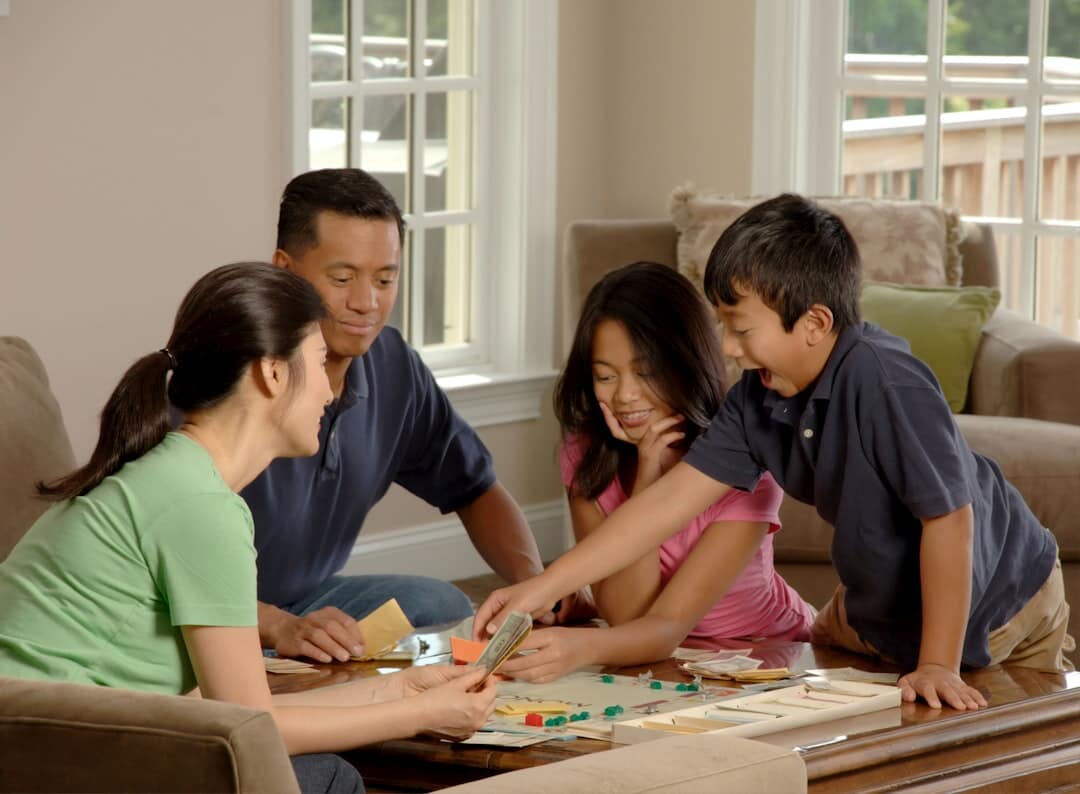The Buzz on Coding and Outer Space
Posted in Ideas and Tips

Table of Contents
The Buzz on Coding and Outer Space
Did you catch the solar eclipse? We’re really excited to see how the eclipse got so many people learning more about space – and how coding plays such a vital role in space travel! We even created a STEM tutorial (you can see part of it above) explaining the eclipse. Here are the top 3 stories we’ve seen lately about how coding and space come together to make great things happen:
Kids Send Code to Space!
At the Zero Robotics program at Campbell Middle School, participants learned how to code robots to accomplish missions while conserving fuel. Nine teams from across the state of California will compete, and the winning team’s code will be sent to the International Space Station to control SPHERES, the robots aboard the station! It’s so cool to see kids getting the opportunity to contribute with their code.
Creative Code Got us to the Moon!
The brilliant minds who programmed their way to the moon didn’t just write innovative code – they wrote creative, funny code! Reading about the ways the NASA team added pop-culture references or little jokes to their code reminded us of the sense of humor and creativity the members of the Tynker community incorporate into their projects.
Using Reusable Code
NASA takes a collaborative approach to programming by using a platform to share code between teams. This collaboration saves time, creates a smooth workflow, and helps more missions be executed. It’s similar to the way many kids look at projects made by other users to understand how to use Tynker!
Do you have a future rocket scientist in your life? Help them get started coding with Tynker!







